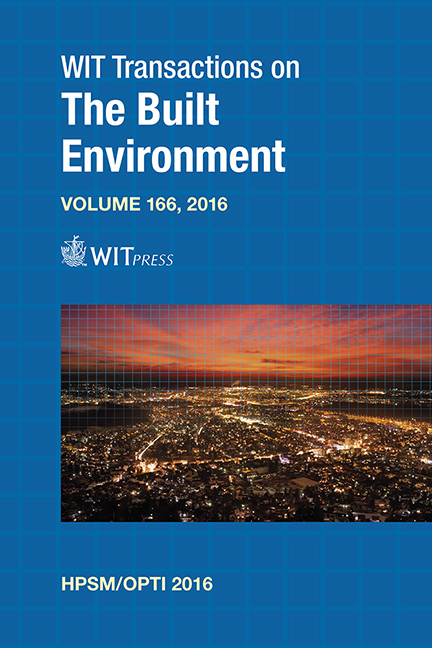Fabrication Of Hydroxyapatite/PLA Composite Nanofiber By Electrospinning
Price
Free (open access)
Transaction
Volume
166
Pages
9
Page Range
371 - 379
Published
2017
Size
982 kb
Paper DOI
10.2495/HPSM160351
Copyright
WIT Press
Author(s)
K. Tanaka, T. Shiga, T. Katayama
Abstract
In recent years, bone tissue engineering has been getting attention. The basic elements of bone tissue engineering include the following: an appropriate cell source, optimal culture conditions and a biodegradable scaffold. The scaffold which is worked as an extra cellular matrix to organize cells into a three-dimensional structure is used as a space filling material. Nanofibers are expected to be used as the scaffold because their small sizes are close to the structural dimension of the extra cellular matrix of native tissues and organs. Thermoplastic polymers have been spun into nanofibers by the electrospinning method that applies a high voltage to polymer solution. Among many thermoplastic polymers, PLA is expected to be used for the scaffold because of its biocompatibility, bioabsorbability and mechanical properties. To obtain better affinity properties of PLA nanofiber scaffold with the bone, compounding of hydroxyapatite (HAp) nanoparticles that have the same composition formula with the human bone has been conducted and cell culture properties have been evaluated. It is known that HAp form clusters in the polymer solution because of their high surface activity, and the clusters cause reduction of nanofiber strength. Surface modification of HAp is needed to disperse HAp in the nanofiber. Since the mechanical characteristics of the scaffold are important for providing sufficient temporary mechanical support to withstand in vitro stresses, it is necessary to evaluate the mechanical property. In this study, HAp/PLA composite nanofibers are fabricated by electrospinning, and their mechanical properties are evaluated by tensile tests of nonwoven fabrics. HAp/PLA nanofiber nonwoven fabric showed lower tensile strength compared to PLA nanofiber nonwoven fabrics. By dispersing HAp uniformly in the nanofibers, HAp/PLA nanofiber nonwoven fabrics tended to show high strength.
Keywords
nanofiber, poly-lactic acid (PLA), hydroxyapatite, mechanical property, electrospinning, nonwoven fabrics





